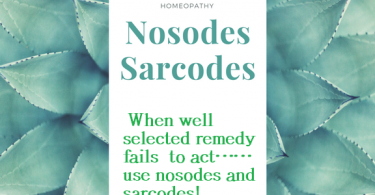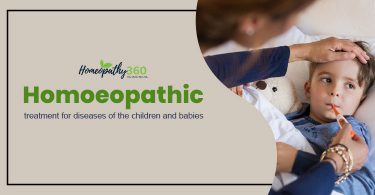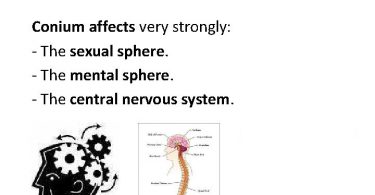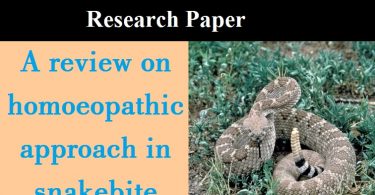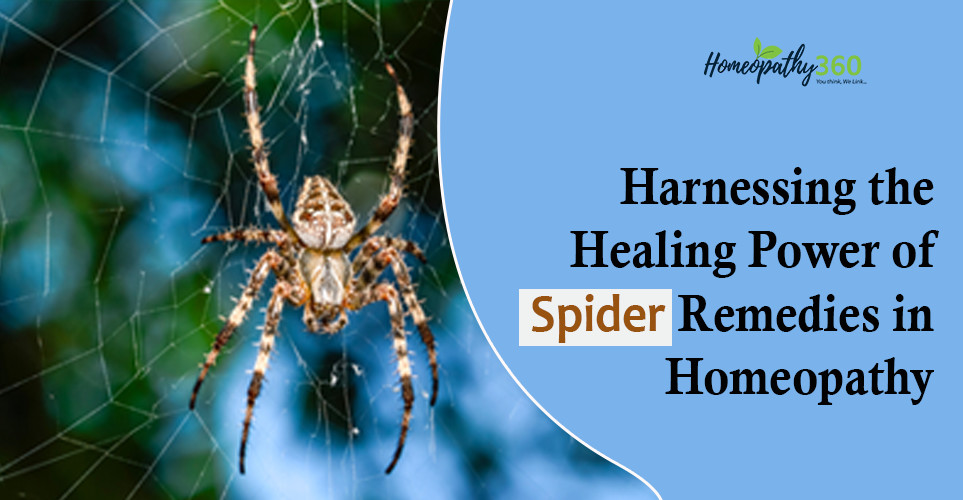
ABSTRACT:
Spiders, often regarded with apprehension and fear, possess a fascinating secret hidden within their delicate webs – the potential for profound healing.
KEYWORDS: spider remedies, homoeopathy, healing, like cures like
INTRODUCTION:
In the world of homeopathy, spider remedies offer a unique avenue for addressing various physical and emotional ailments. Let’s delve into the therapeutic properties of some key spider remedies and explore their applications in homeopathic practice.
Aranea diadema (Cross Spider)
Aranea diadema, commonly known as the Cross Spider, is renowned in homeopathy for its effectiveness in treating conditions associated with disturbances in the circadian rhythm. Individuals who may benefit from Aranea diadema often experience symptoms such as insomnia, with sleep patterns that are disrupted or erratic. Additionally, this remedy is indicated for those who suffer from periodic fevers, particularly those that recur at specific intervals.
Tarentula hispanica (Spanish Spider)
Tarentula hispanica, the Spanish Spider, is a potent remedy with a wide range of applications in homeopathy. It is particularly useful for addressing nervous disorders and conditions marked by restlessness and hyperactivity. Individuals who exhibit frenetic behavior, accompanied by an inability to sit still or concentrate, may find relief with Tarentula hispanica. Additionally, this remedy is indicated for conditions such as neuralgia, epilepsy, and spasmodic affections.
Latrodectus mactans (Black Widow Spider)
Latrodectus mactans, famously known as the Black Widow Spider, offers valuable therapeutic properties in homeopathic practice. While its reputation may evoke fear, its homeopathic preparation provides a safe and effective remedy for various ailments. Black Widow Spider remedy is commonly used to address conditions characterized by intense pain, particularly neuralgic pains that are sharp, shooting, and radiating in nature. It is also indicated for conditions such as menstrual disorders, migraines, and anxiety disorders with palpitations and trembling.
Theridion curassavicum (Orange Spider)
Theridion curassavicum, the Orange Spider, is a remedy well-suited for addressing sensory hypersensitivity and nervous disorders. Individuals who experience heightened sensitivity to touch, sound, and light, often accompanied by anxiety and restlessness, may benefit from Theridion curassavicum. This remedy is particularly useful for treating conditions such as vertigo, motion sickness, and neuralgic pains aggravated by sensory stimuli.
CONCLUSION:
Spider remedies in homeopathy offer a unique and valuable approach to healing a wide range of physical and emotional ailments. By harnessing the innate healing properties of these fascinating creatures, homeopathic practitioners can provide effective and gentle treatment options for their patients. Whether addressing sleep disturbances, nervous disorders, or intense pain, spider remedies exemplify the holistic principles of homeopathy, promoting balance and harmony within the body and mind.
Incorporating spider remedies into your homeopathic practice opens up a world of healing possibilities, allowing you to empower your patients on their journey toward optimal health and well-being.
REFERENCES:
Binford G.J., Bodner M.R., Cordes M.H., Baldwin K.L., Rynerson M.R., Burns S.N., Zobel-Thropp P.A. 2009. Molecular evolution, functional variation, and proposed nomenclature of the gene family that includes sphingomyelinase D in sicariid spider venoms. Molecular Biology and Evolution 26 (3): 547–66
Blackledge, T.A. and Wenzel, J.W. 2001. Silk Mediated Defense by an Orb Web Spider against Predatory Mud-dauber Wasps. Behaviour p.138
Boericke, W. 2004. Pocket Manual of Homeopathic Materia Medica and Repertory. New Delhi: B.Jain Publishers Pvt. Ltd.
Bunson, M. 1993. The Vampire Encyclopedia. London: Thames & Hudson Ltd Chauhan, D. 2007. A Journey into the Human Core. Mumbai: Swathya Homeopathic Healing Centre
Clarke, J. H. 1985. Dictionary of Practical Materia Medica. New Delhi: B. Jain Publishers Pvt. Ltd.
Coddington, J.A. 2005. Phylogeny and Classification of Spiders. Spiders of North America: An identification manual. American Arachnological Society. pp. 18–24.
Collins, 2005. Compact Thesaurus. Great Britain: Harper Collins Publishers Cooper, J.C. 1992. Symbolic and Mythological Animals. London: Aquarian Press.
164
De Schepper, L. 2001. Hahnemann Revisited; A Textbook of Classical Homeopathy for the Professional. Santa Fee: Full of Life Publications
Eizayaga, F. X. 1994. Treatise on Homoeopathic Medicine. 2nd rev.ed. Buenos Aires: Ediciones Marecel S.R.L.
Farrington, E.A.1992. Clinical Materia Medica. 3rd rep.ed. New Delhi: B. Jain Publishers Pvt. Ltd.
Foelix, R. F. 1996. Biology of Spiders. New York: Oxford University Press Gaier, H.C. 1991. Thorson’s Encyclopeadic Dictionary of Homeopathy. London:
Thorsons Garai, J. 1973. The Book of Symbols. New York: Simon & Schuster.
Gibson, D. 1996. Studies of Homeopathic Remedies: Beaconsfield UK: Beakonsfield Publishers LTD
Goel, S. 2002. Art and Science of Homoeopathic Pharmacy. Ahmedabad India: Leo Enterprises
Hahnemann, S. 1996. Organon of the Medical Art. 6th ed. Edited and annotated by Wenda Brewster O’Reilly. California: Bird Cage Books
Hillyard, P. 2004. Spiders. Glasgow: Harper Collins Publishers
Kent, J. T. 1998. Lectures On Materia Medica. New Delhi: B. Jain Publishers Pvt. Ltd. 165
Kiley, J.F. 1969. Einstein and Aquinas; A Rapprochement. Netherlands: The Hague Koehler, G. 1983. Lehrbuch der Homoeopathie. Stuttgart: Hippokrates Verlag GmbH Leroy A. & J. 2003. Spiders of Southern Africa. Cape Town: Struik Publishers
Mackay J.P. & Howden M.E. 1997. The structure of versutoxin (delta-atracotoxin-Hv1) provides insights into the binding of site 3 neurotoxins to the voltage-gated sodium channel. Structure 5 (11): 1525-1535
Mangliavori, M. & Zwemke, H. 2004. Bitten In The Soul; Experiences With Spider Remedies In Homoeopathic Medicine. Modena & Berlin: Matrix Editrice
Mills, A. 2003. Mythology; Myths, Legends & Fantasies. Australia: Global Book Publishing Pty Ltd
Morrison, R.1993. Desktop Guide. United States: Hahnemann Clinic Publishing Morrison, R. 1988. Seminar Burgh Haamstede. Amsterdam
Moskowitz, R. 2002. Innovation and Fundamentalism in Homoeopathy. American Journal of Homeopathic Medicine 95, Summer 2002
Oxford, G.S. & Gillespie, R.G.1998. Evolution and Ecology of Spider Coloration. Annual Review of Entomology 43:619-643.


